Florencia
History
Florencia, the capital city of the Caquetá Department in Colombia, has a rich and complex history. The city was founded on December 25, 1902, by Capuchin Friar Doroteo De Pupiales. Before the Spanish colonization, the region was inhabited by indigenous tribes such as the Andakí, Coreguaje, and Pijao tribes. The city's history is deeply intertwined with the broader history of Colombia, particularly the Colombian Conflict and the illicit drug trade.


Geography
Florencia is located in the southern part of Colombia, in the Amazon rainforest. The city is surrounded by the Andes Mountains, and is near the Orteguaza River, a tributary of the Caquetá River. The city's geographical location has greatly influenced its development, culture, and economy. Florencia's climate is tropical, with high humidity and rainfall throughout the year.
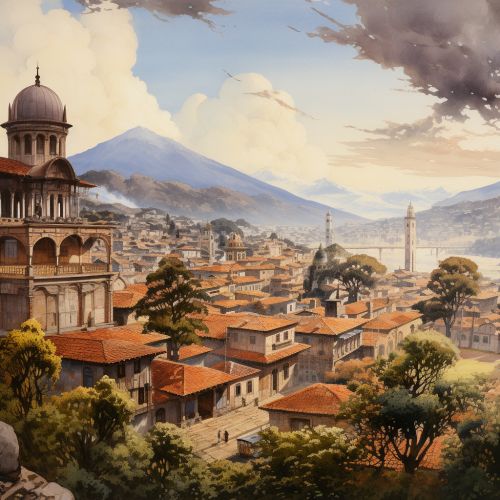

Economy
The economy of Florencia is primarily based on agriculture, livestock, and commerce. The city is known for its production of rubber, tobacco, and cacao. Florencia also has a growing tourism sector, with tourists attracted to the city's natural beauty, cultural heritage, and unique Amazonian ecosystem. The city's economy has been significantly affected by the Colombian Conflict and the illicit drug trade, which has led to economic instability and social challenges.


Culture
Florencia's culture is a blend of indigenous traditions, Spanish influences, and modern Colombian culture. The city is known for its music, particularly the Joropo genre, which is a type of music and dance that originated in the Orinoco region. Florencia also hosts several cultural events throughout the year, including the Amazonian Carnival and the Festival of the Caquetá River.

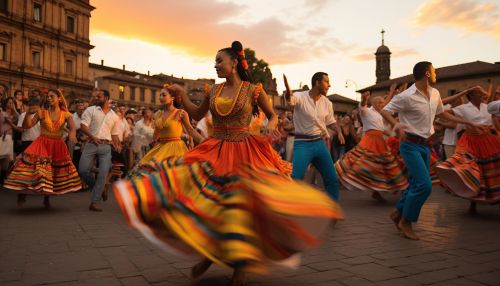
Demographics
As of the latest census, Florencia has a population of approximately 165,000 people. The city's population is diverse, with a mix of indigenous communities, Afro-Colombians, and mestizos. The city has experienced significant population growth in recent decades, largely due to internal migration from other parts of Colombia.
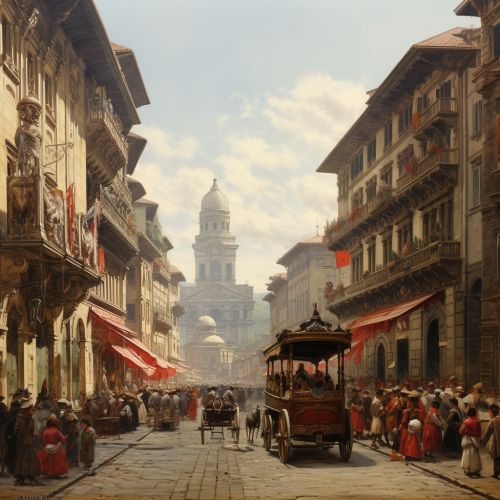

Education
Florencia is home to several educational institutions, including the University of the Amazon (Universidad de la Amazonia), which offers a range of undergraduate and postgraduate programs. The city also has a number of public and private schools, as well as vocational and technical training centers. Education in Florencia has been a key area of focus for local and national government, with efforts to improve access to quality education for all residents.
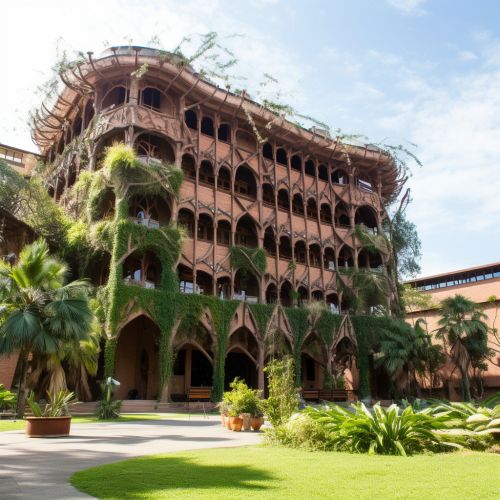
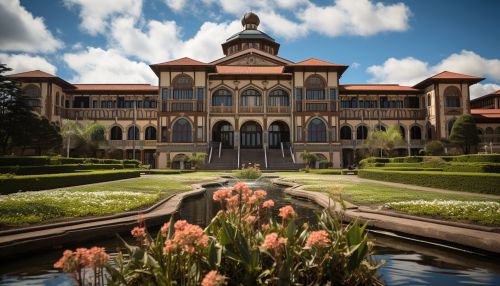
Infrastructure
Florencia's infrastructure includes transportation, utilities, and public services. The city is served by the Gustavo Artunduaga Paredes Airport, and has a network of roads connecting it to other cities in Colombia. Florencia also has a public transportation system, which includes buses and taxis. The city's utilities include water, electricity, and telecommunications services. Florencia's public services include healthcare, education, and social services.


See Also
References
1. "Florencia, Caquetá". Enciclopedia Britannica. Retrieved 2021-09-15. 2. "Florencia: History and Culture". Colombia Travel. Retrieved 2021-09-15. 3. "Florencia: Economy". World Bank. Retrieved 2021-09-15. 4. "Florencia: Demographics". Colombia Census Bureau. Retrieved 2021-09-15. 5. "Florencia: Education". Ministry of Education, Colombia. Retrieved 2021-09-15. 6. "Florencia: Infrastructure". Colombia Infrastructure Ministry. Retrieved 2021-09-15.
